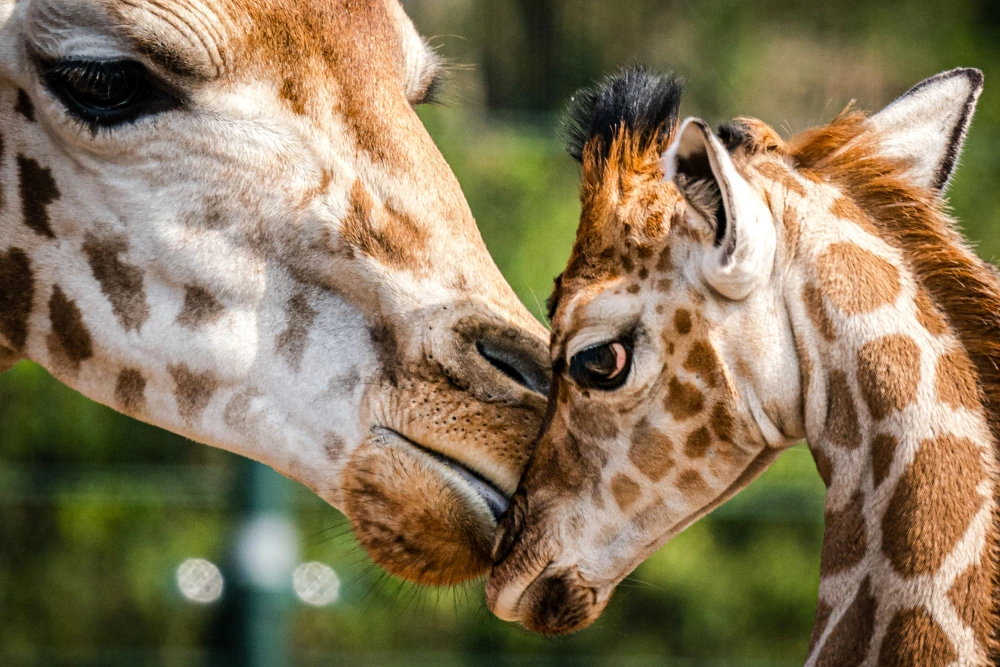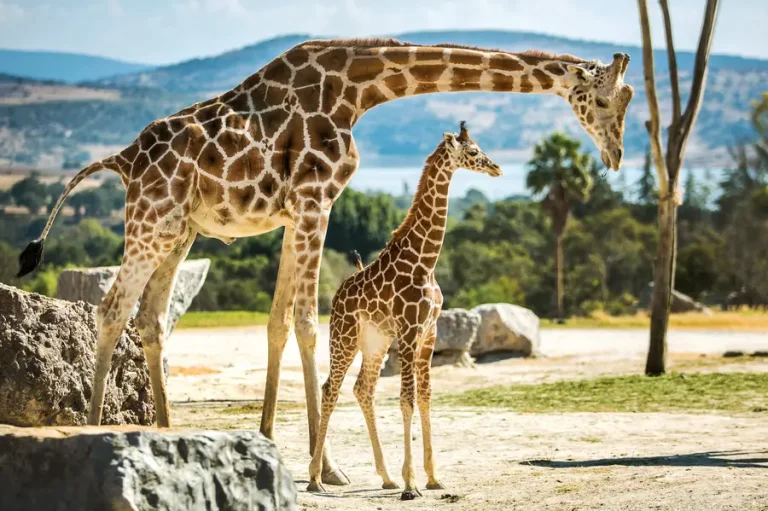Giraffe Subspecies Proposed for Endangered Status
U.S. officials announced on Wednesday that three giraffe subspecies should be added to the endangered species list due to their ongoing population decline. The U.S. Fish and Wildlife Service (FWS) proposed listing the West African, Kordofan, and Nubian subspecies of the northern giraffe as endangered under the Endangered Species Act. The agency also recommended that the reticulated giraffe and Masai giraffe be classified as threatened.
Conservation Efforts and Federal Protections
Martha Williams, Director of the U.S. Fish and Wildlife Service, stated that federal protections would aid in conserving the giraffe population, promote biodiversity, and support ecosystem health. These measures would also help combat wildlife trafficking and encourage sustainable economic practices, she said. “This action supports giraffe conservation while ensuring the United States does not contribute further to their decline.”
Threats to Giraffes
Giraffe populations face numerous threats, including poaching, habitat loss, climate change, and human population growth. Urbanization further fragments and degrades giraffes’ natural habitats, worsening the species’ decline. According to the FWS, while trade with the U.S. is not the primary threat, it remains a contributing factor. Giraffes are also targeted for their hair, tails, and use in traditional medicine, and more recently, for bushmeat.

Proposed Listing and Its Impact
The proposed endangered status would help reduce illegal hunting and trade by requiring permits for giraffe imports into the U.S. It would also increase funding for conservation efforts in giraffe range countries, support research, and provide financial assistance for conservation programs.
Population Declines
The populations of West African, Kordofan, and Nubian giraffes have dropped by about 77% since 1985, from over 25,000 to fewer than 6,000. The West African giraffe is particularly vulnerable, with only 690 individuals remaining. Meanwhile, the reticulated giraffe population stands at around 15,985, and the Masai giraffe population has declined by 33% since the 1970s, leaving about 45,400 animals.
Habitat and Behavior
Giraffes, the tallest terrestrial animals, are adaptable and thrive in a variety of habitats, especially savannas and woodlands. They primarily feed on leaves, stems, flowers, and fruit, and are typically found in areas with plenty of trees or bushes.
Public Comment Period
The proposal to list these giraffe subspecies as endangered is now open for public comment for the next 90 days.

